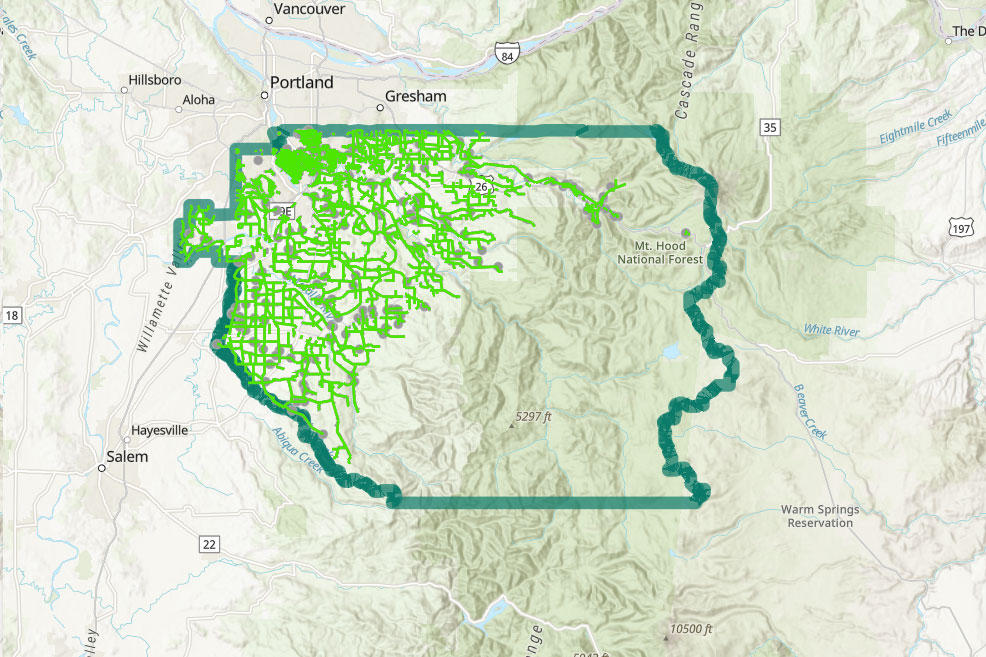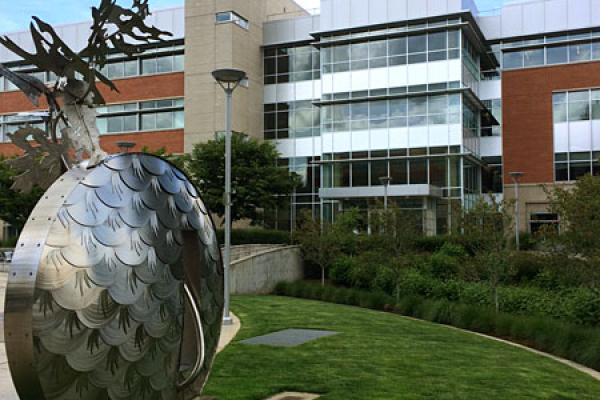Clackamas County is responsible for maintaining the integrity and safety of over 1,400 miles of county roads, 186 bridges, and nearly 200 traffic signals. This transportation system represents a $1 billion investment that must be continually maintained and improved to accommodate increasing demands.
The Transportation System Plan includes more than 300 capital transportation improvement projects needed over the next 20 years as defined through two years of public engagement.
The 5-Year Capital Improvement Program includes projects from the transportation system plan scheduled for construction between 2024–2028. These projects are either fully funded or have funds for preliminary planning and design. The capital improvement program includes schedules and funding sources for each project in the five-year plan (pages 9 – 15).
Projects can range from adding a sidewalk paving roads, upgrading traffic signals, adding turn lanes and even replacing bridges.
Of the 86 projects in the five-year capital improvement program estimated to cost approximately $220 million, about $16 million is funded through the Community Road Fund. These projects have been prioritized to improve safety and enhance capacity by upgrading roads, improving bridges and culverts, installing new signal systems and completing major repairs.
Sources of the projects include:
- Transportation System Plan
- Transportation Safety Action Plan
- Community Road Fund prioritization
- Development Agency work program
- Intelligent Transportation System (ITS) Plan, the county’s technology upgrade plan for traffic signals
- ADA Transition Plan, the county’s plan that identifies barriers that impede access to county roadways for people with disabilities
- The Five-year
- Regular county review and inspection of bridges and culverts
- Other critical work identified through road maintenance and repairs
The plan outlines the county’s Transportation Equity Index and how the projects serve communities historically underserved or adversely impacted by the transportation system (pages 16 – 19).
 Translate
Translate










